It was in the 1920s that American folk art first began to draw the attention of wealthy collectors. Until then all those colourful quilts, weathervanes, amusement arcade figures, carved decoys, store signs, naive paintings of ships or babies, blanket chests and careful samplers had not been considered of any value. Created lovingly by America’s colonial communities for their own use from the 1700s until the early 20th century, these objects had always been affectionately regarded, but it was artists – foremost among them Robert Laurent, Elie Nadelman and Charles Sheeler – who recognised their aesthetic quality. Collectors quickly followed, such as Clara Endicott Sears of New England and Edgar William and Bernice Chrysler Garbisch of Maryland. But it was Abby Aldrich Rockefeller, wife of John D. Rockefeller Jr, who became their most vocal champion.
A founder and active supporter of New York’s Museum of Modern Art, her enthusiasm for contemporary art enabled her to appreciate the aesthetic qualities of these artefacts. She also recognised their historical significance. She was advised by curator Holger Cahill, who showed some of her collection as early as 1930 at Newark Museum. When he became acting director of MoMA shortly after, he staged an exhibition there in 1932 entirely from her collection (‘American Folk Art: The Art of the Common Man in America, 1750–1900’). After her death in 1948, her holdings formed the basis for the Abby Aldrich Rockefeller Folk Art Museum, founded in 1957 in Colonial Williamsburg, the old capital of Virginia whose restoration was financed by her husband in the late 1920s.
The craze for folk art was largely fuelled by collectors based around the earliest colonial settlements in the US – the Eastern Seaboard, Philadelphia and Virginia – and led to the founding in 1961 of New York’s American Folk Art Museum. Interest peaked around three decades later with the record-breaking sale at Sotheby’s New York in 1994 of the collection of Bertram K. and Nina Fletcher Little from Massachusetts, which fetched a total of $12.3m.
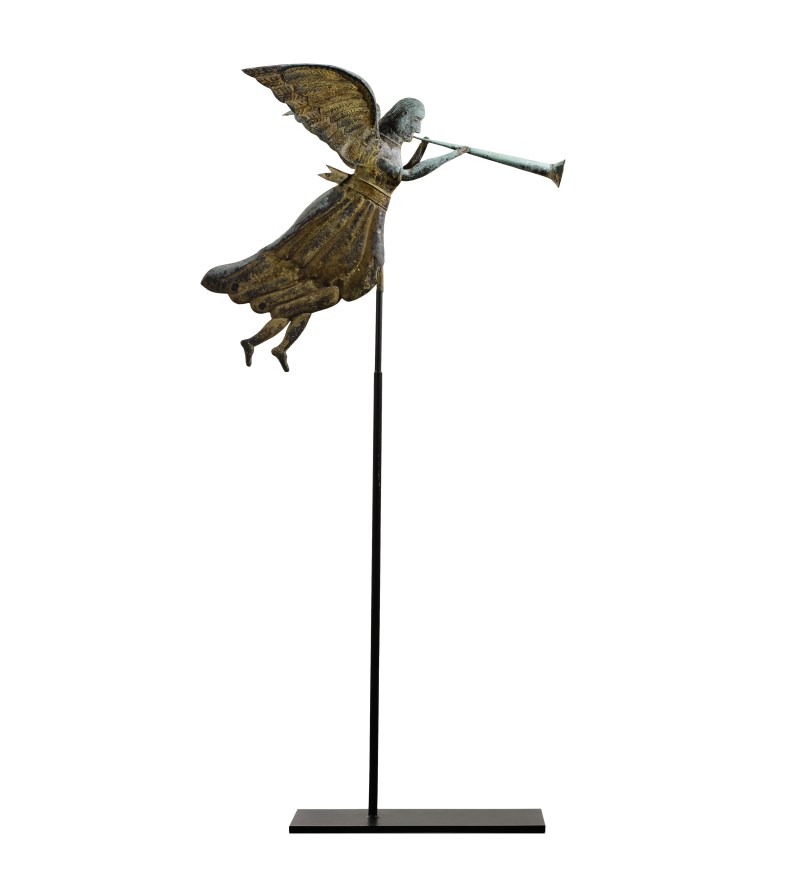
Angel Gabriel weathervane (19th century), probably New England. Courtesy Sotheby’s
Another 20 years on, this record was broken in figures, if not in value, at Sotheby’s New York’s sale of the collection of Ralph O. Esmerian, which achieved a total of $12.96m. The lead lot, a figure of Santa Claus from 1923 by shipcarver Samuel Robb, sold for $875,000 – more than half a million dollars over its $250,000 high estimate. Last January, an Angel Gabriel weathervane sold for $1.3m at Sotheby’s New York. (A Native American copper weathervane in the form of an archer broke the auction record for American folk art in 2006 – $5.8m). Finally, an 1807 needlework sampler by Mary Antrim of New Jersey climbed to an astonishing $1.07m on an estimate of $80,000–$120,000.
David Schorsch of Schorsch & Smiles in Woodbury, Connecticut, bought the sampler for a client. ‘We are seeing a generational change,’ he says, ‘a recycling of collections put together in the 1950s, 1960s and 1970s. It is a terrific time to be in the market.’ Stephen Fletcher, a director and Americana specialist at Skinner Auctioneers, cautions that today’s market, since the downturn of 2008, is focused very much on the top end. ‘The middle area has vanished and the younger generation shows scant interest in the furniture,’ he says. ‘Anonymous portraits do not do well unless by a well-known person.’
In 2011, however, Skinner had tremendous success with an 18th-century portrait of Abigail Rose, of North Branford, Connecticut, which even though unsigned, sold for $1.3m – a record for American folk art portraiture. Fought over by two private collectors, part of its appeal is its asymmetric composition, unusual for the period; the painting was also accompanied by the Battersea enamel patch box on the sitter’s table.
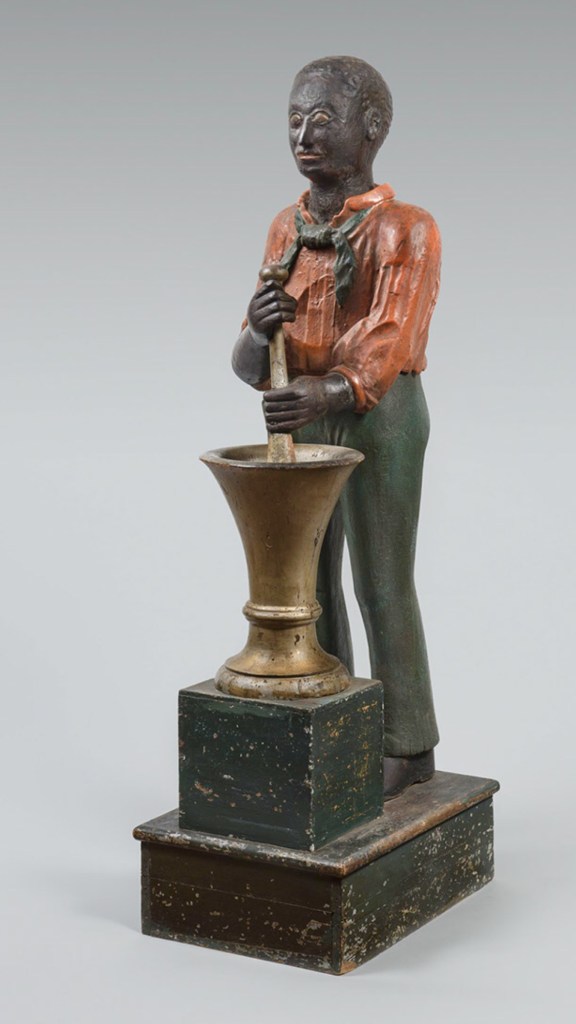
Apothecary trade figure (c. 1851–55), Charles James Oliver. Courtesy of David A. Schorsch and Eileen M. Smiles, Woodbury, Connecticut
Brooke Sivo, director of American furniture and decorative arts at Bonhams in San Francisco, comments: ‘Folk art remains the strongest segment of Americana today – anything carved and painted with untouched surfaces is sought after.’ Cara Zimmerman, a specialist at Christie’s New York, adds that patriotism continues to be an important thread, and cites the 2013 sale of Frederick Kemmelmeyer’s painting of George Washington reviewing the Western Army of around 1800 ($362,500).
Schorsch, who has a boldly carved and painted figure from a pharmacy available for $325,000, sums up the ‘canons’ of American folk art collecting as ‘aesthetic sensibility and especially graphic power’. He adds that in the many pictures turned out by itinerant artists such as John Brewster Jr, Ammi Phillips, William Matthew Prior, Winthrop Chandler, Edward Hicks and others, what collectors are looking for is ‘something with great colour and great characterisation, not something dark and academic’. This is exemplified by Edward Hicks’ magnificent The Peaceable Kingdom with the Leopard of Serenity (1846–48), which sold at Sotheby’s New York in 2008 for $9.7m, a record price for Hicks (though the bidder later reneged, and the painting was sold privately by the auction house for $7m). ‘People prefer “flat” likenesses as opposed to more realistic works,’ says Austin Miller, a dealer based in Columbus, Ohio. Don Olson, a specialist in Rochester, New York, confirms that while a name can boost value, younger collectors are more interested in colourful pieces that fit their interiors. Aarne Anton of American Primitive Gallery in New York adds that younger collectors like to mix folk objects with their contemporary collections.
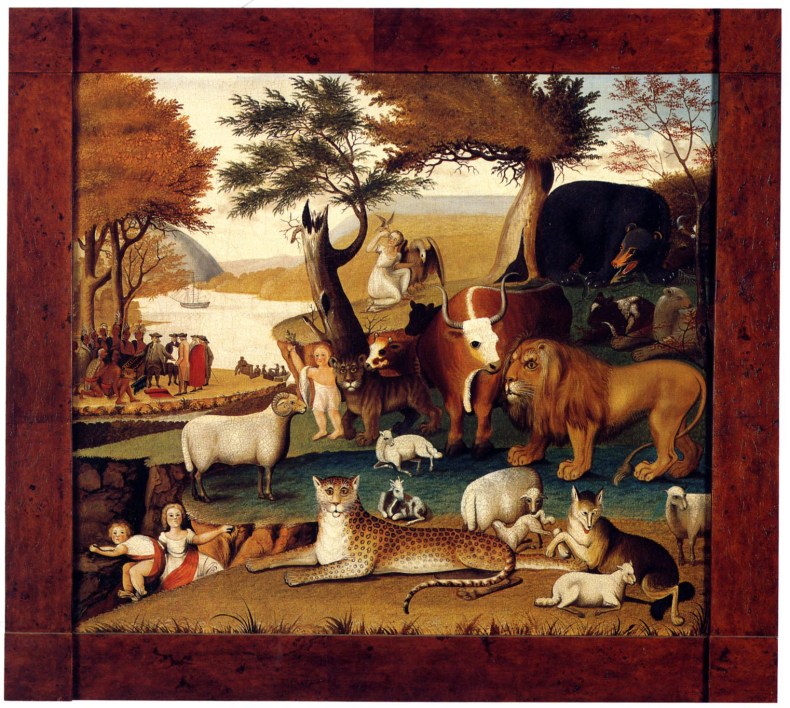
The Peaceable Kingdom with the Leopard of Serenity (1846–48), Edward Hicks. Courtesy Sotheby’s
Schorsch identifies a strong interest in material from the Southern states, much influenced by Germanic settlers. As Sivo remarks: ‘Folk art is a very regional market.’ A separate category is African-American material, such as the work of Bill Traylor, which tends to be pursued by African-American collectors. Traylor also falls into a vital, growing contiguous market – outsider art, which Anton describes as ‘much broader’ and is now half his business. Cara Zimmerman, the first Christie’s specialist to combine these interests, confirms the ‘real link between these two markets’, adding: ‘Where the market for American folk art is very American-driven, the market for outsider art is also attracting interest from Europe.’ Together, the two sectors draw new collectors.
From the May issue of Apollo: preview and subscribe here
Unlimited access from just $16 every 3 months
Subscribe to get unlimited and exclusive access to the top art stories, interviews and exhibition reviews.

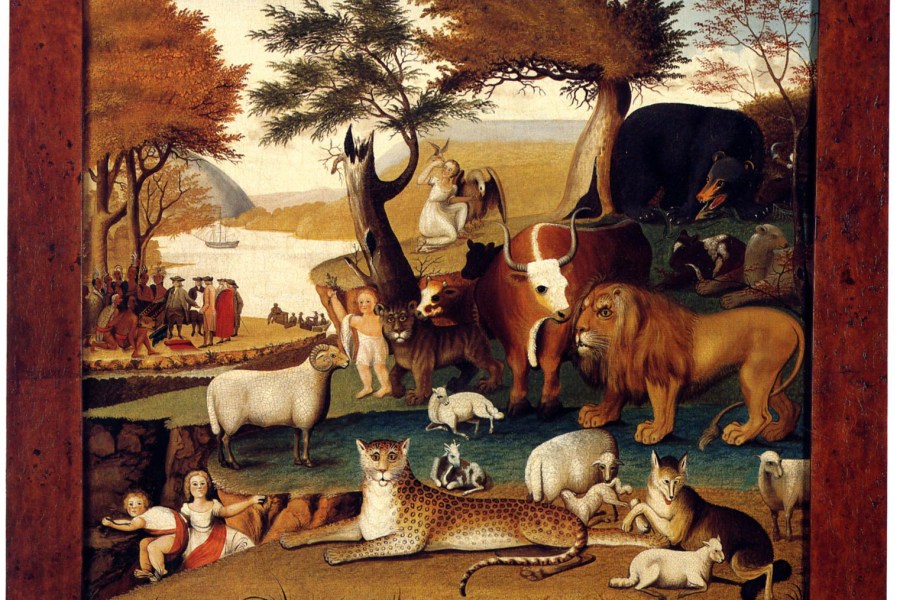
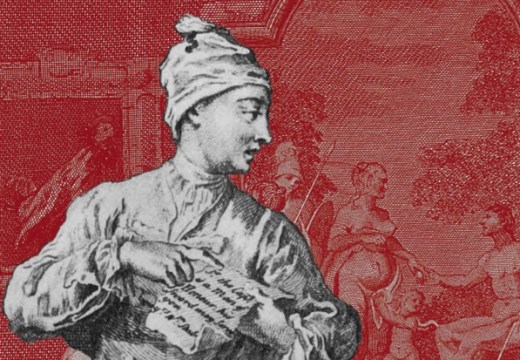
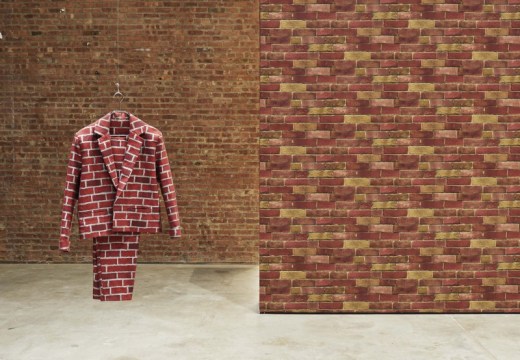
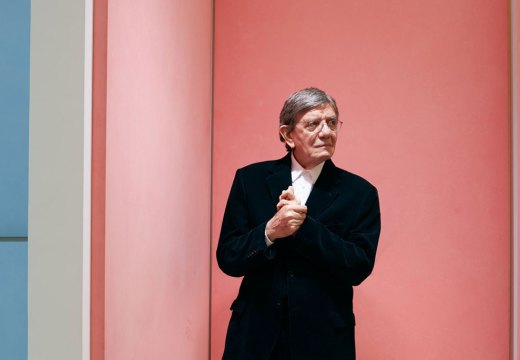









![Masterpiece [Re]discovery 2022. Photo: Ben Fisher Photography, courtesy of Masterpiece London](http://www.apollo-magazine.com/wp-content/uploads/2022/07/MPL2022_4263.jpg)
It’s time for the government of London to return to its rightful home